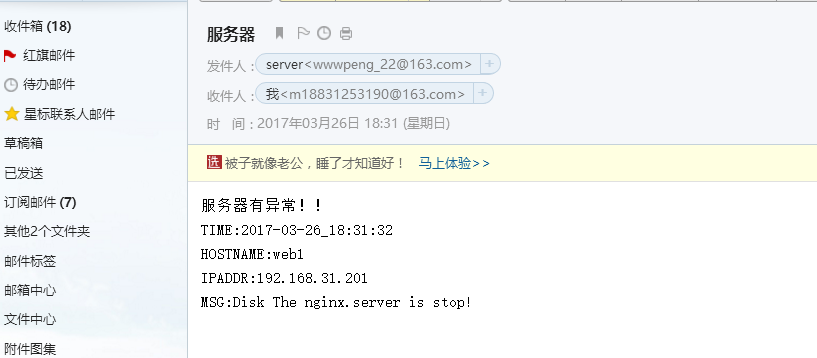为什么使用迭代器?
- 数组的遍历,可以通过for循环来实现,其原因是数组对于数据的储存是有序的(order);但是,对于Set这种无序(no order)的数据结构,就无法通过for循环来实现,此时,我们就需要引入一种新的访问方式来实现对数据的操作——迭代器。
- 迭代器是一种轻量级的对象操作,其接口有四个抽象方法:
1 public interface Iterator<E> { 2 3 boolean hasNext(); 4 5 6 E next(); 7 8 9 default void remove() { 10 throw new UnsupportedOperationException("remove"); 11 } 12 13 14 default void forEachRemaining(Consumer<? super E> action) { 15 Objects.requireNonNull(action); 16 while (hasNext()) 17 action.accept(next()); 18 } 19 }
–Object next():返回集合里下一个元素。
–boolean hasNext():如果被迭代的集合还元素没有被遍历,则返回true。
–void remove() :删除集合里上一次next方法返回的元素
–void forEachRemaining(Consumer action),这是Java 8为Iterator新增的默认方法,该方法可使用Lambda表达式来遍历集合元素。
迭代器的内部简单实现:
1 public class SimpleIter { 2 private int size =elem.length; 3 private int coursor=-1; //由实现的方法可知,游标在开始遍历List的时候从下标【0】开始,所以初始值赋予-1 4 5 public int size(){ 6 return this.size; 7 } 8 9 public boolean hasNext(){ 10 return coursor+1<size; //为了防止下标越界,所以coursor+1小于List长度 11 } 12 13 public String next(){ 14 coursor++; 15 return elem[coursor]; 16 } 17 18 public void remove(){ 19 System.arraycopy(elem, coursor+1, elem, coursor,this.size-(coursor+1)); 20 this.size--; 21 this.coursor--; //为了使游标可以指向删除某元素之后的正确指向,每次删除元素,需要coursor-1 22 }




